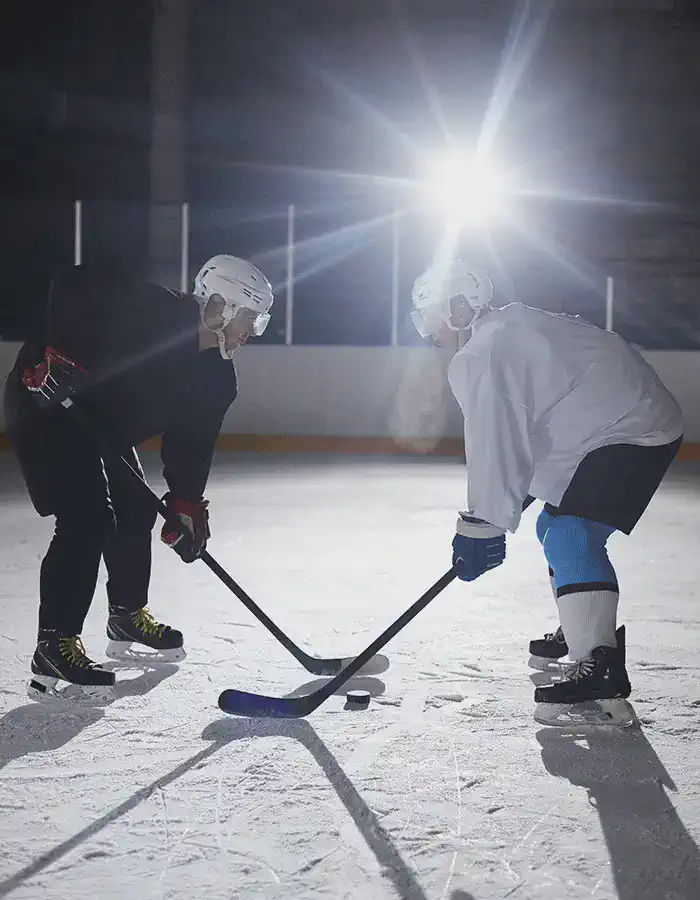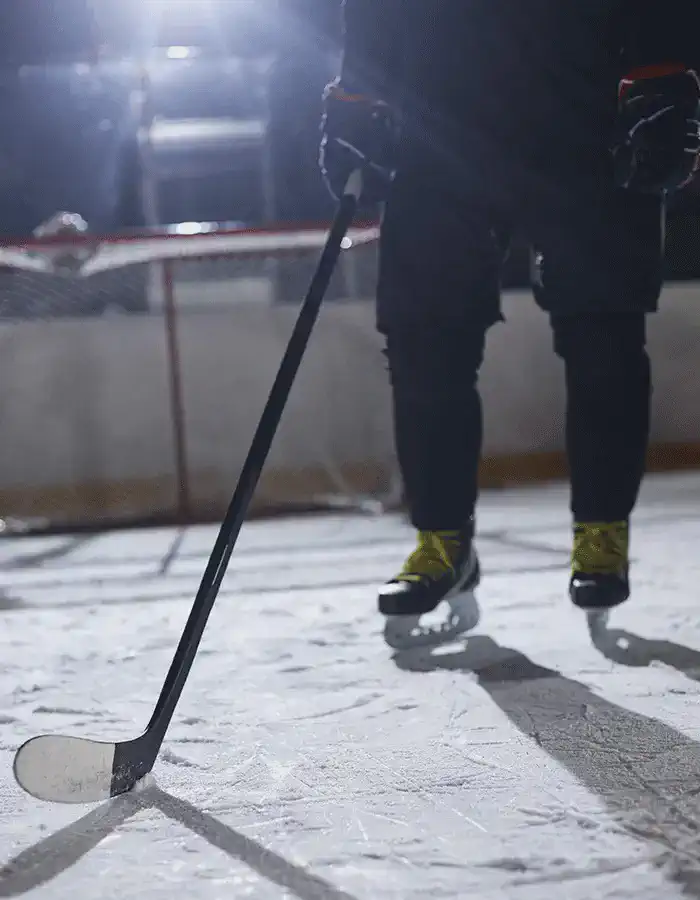Ice hockey is not just a game; it’s a vibrant spectacle of speed, skill, and strategy. Played on an ice rink, teams of skaters aim to outmaneuver their opponents to score goals, with the game divided distinctly into periods, not halves or quarters like many other sports. This structure contributes significantly to the game’s unique dynamics and pacing. Let’s explore the details of hockey game periods, the total game length, the excitement of overtime and shootouts, and why hockey doesn’t use quarters.
How does hockey work? An introduction to the game
Hockey combines physical play, intricate strategies, and high-speed skating, making it one of the most thrilling sports to watch and play. Originating in Canada in the late 19th century, the game has grown immensely in popularity and is now a major sport in countries like the USA, Sweden, Russia, and Finland. The NHL (National Hockey League), featuring teams from both Canada and the United States, is the pinnacle of professional ice hockey leagues.

Understanding the basics
Hockey is primarily played in an indoor arena on a rectangular ice rink. The game is played between two teams, each aiming to score the most goals by hitting a small rubber disc called a puck into the opponent’s net using a curved stick. A standard game consists of three 20-minute periods, with intermissions between them.
The players
Each hockey team has six players on the ice at one time: three forwards, two defensemen, and one goalie. The forwards, typically divided into left wing, center, and right wing, focus on offense, aiming to score goals and assist each other. Defensemen, on the other hand, work to stop the opposing team from scoring and support their goalie, who guards the net.
Key rules
One of the fundamental rules in hockey is the offside rule, which prevents players from entering the offensive zone before the puck. Another important rule is icing, where a player shoots the puck across both the center red line and the opposing team’s goal line without it being touched. This results in a stoppage of play and a faceoff back in the offending team’s defensive zone.
Equipment essential
Safety is paramount in hockey, given its physical nature. Players wear protective gear including helmets, shoulder pads, elbow pads, gloves, and shin guards. The goalie wears specialized equipment that is larger and more padded, providing extra protection against shots.
Game strategies
Strategic play in hockey involves both offense and defense. Teams often use formations like the “dump and chase” or the “neutral zone trap” to manage the flow of the game and control the puck. Power plays and penalty kills also play crucial roles, occurring when a team has more or fewer players on the ice due to penalties.
How many periods are there in Hockey? Understanding game structure
Unlike other team sports, a professional ice hockey game is divided into three periods. Each period lasts 20 minutes, with a 15 to 18-minute intermission between periods for ice resurfacing and player rest. This three-period system is pivotal in maintaining the high energy levels required for the sport, allowing players to recuperate and strategize for the next phase of play.
Unique aspects of hockey periods:
- Intensity: Shorter periods relative to games like soccer mean a higher intensity of play.
- Strategy adjustments: The breaks between periods allow coaches to adjust tactics based on the state of the game.
- Physical recovery: Hockey is physically demanding, and the intermissions offer crucial recovery time.
How long is a Hockey game? A comprehensive guide to duration and rules
A standard professional hockey game lasts about 60 minutes of playtime, divided into three 20-minute periods. However, the clock stops for various reasons like penalties, puck out of play, and goals, which means the actual duration of a game can extend to about 2.5 hours including stoppages and intermissions.
Overtime and shootouts:
- Overtime: If the game is tied at the end of the third period, it moves to overtime, where teams play an additional five minutes with fewer players (3-on-3 in the NHL). This sudden death format means the first team to score wins the game.
- Shootout: If the score remains tied after overtime, a shootout determines the winner. Players from each team take turns trying to score on the opposing goalie, one-on-one. This can be one of the most nail-biting moments in sports.

Do Hockey games have quarters: Structure study
No, hockey games do not have quarters. Instead, a standard ice hockey game is divided into three periods, each lasting 20 minutes. This structure is one of the distinguishing features of hockey compared to sports like basketball or American football, which are played in quarters. The three-period format in hockey allows for breaks between each period for players to rest and coaches to strategize, maintaining the game’s fast pace and high energy. You can also find useful information about equipment and the basic rules of hockey on our blog.
Conclusion
Understanding the structure of hockey with its three periods, each lasting 20 minutes, followed by the potential for overtime and shootouts, provides insights into the strategic and physical demands of the sport. Hockey’s unique structure not only dictates the pace and strategy but also enhances the excitement and unpredictability of each match.